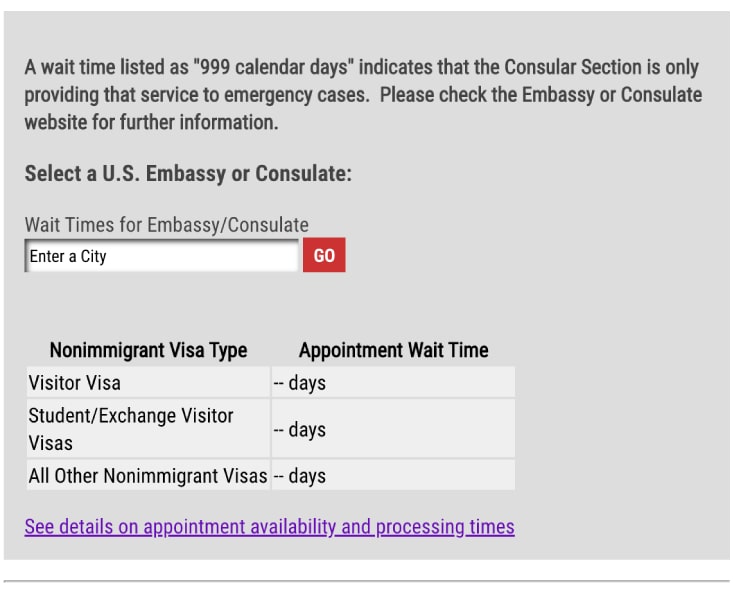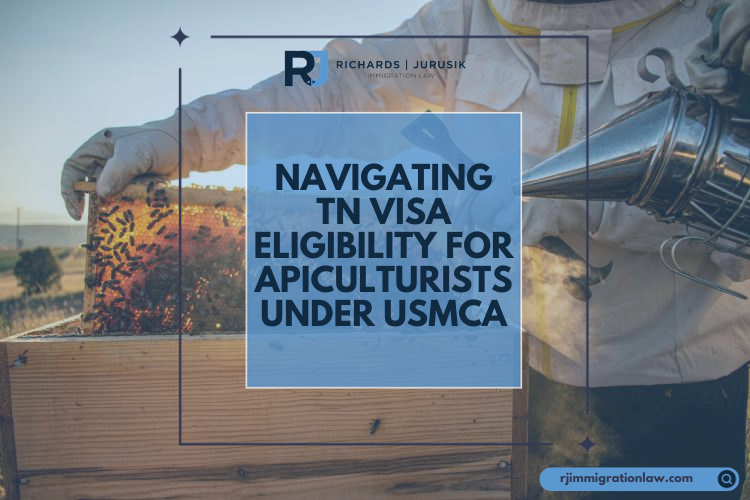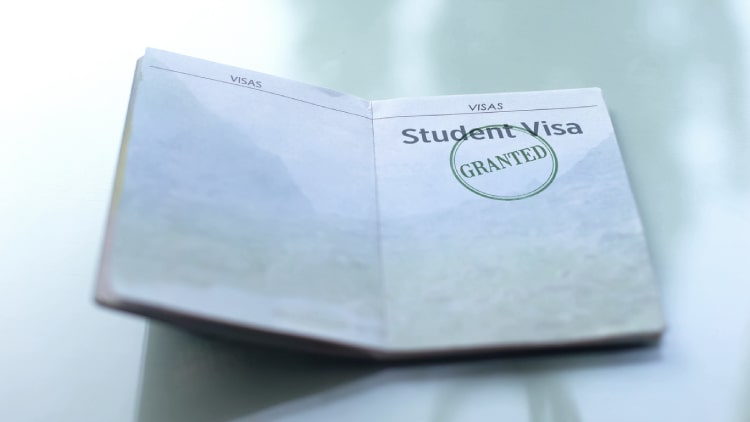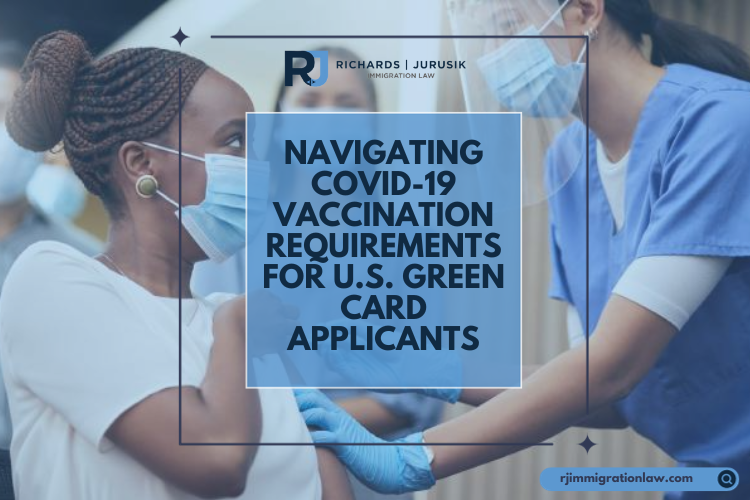If you’re in the U.S. on a TN visa, your immediate family members can join you through the TD visa status. This status permits them to live in the U.S. but prohibits employment. However, they can pursue educational opportunities. The validity of the TD visa directly reflects the TN visa holder’s status. This article covers the details of the TD visa application process, tailored to the applicant’s nationality.
Understanding TD Visa Status
The TD visa status caters to the immediate family members—spouses and children under 21—of individuals holding TN visa status under the North American Free Trade Agreement (NAFTA). This special designation allows for dependents of TN visa holders to live in the United States alongside the principal visa holder. Critical aspects of the TD visa include:
- Employment Restrictions: TD visa holders are not permitted to work in the U.S. This limitation underscores the visa’s intent to unite families rather than expand work authorization.
- Education Opportunities: Unlike work, education is accessible to TD visa holders. They can attend school, college, or university, partaking in the U.S.’s diverse educational opportunities without requiring a separate student visa.
- Duration of Stay: The validity of a TD visa aligns with that of the associated TN visa holder’s status. Extensions are possible if the principal TN visa holder maintains their status and remains in the U.S.
- Visa Extensions and Travel: TD visa holders can apply for extensions alongside the TN visa holder. However, they must ensure their visa and travel documents are in order if they wish to travel outside the U.S. and return.
Procedure for Canadian Citizens
Canadian citizens enjoy a streamlined entry into the United States under TD status, reflecting the close ties between Canada and the U.S. The process is marked by efficiency and simplicity, with key steps outlined below:
- Verification at the Border: Canadians can obtain TD status without a prearranged visa. Instead, they present their documents directly to a Customs and Border Protection (CBP) officer at a port of entry or a pre-flight inspection site.
- Required Documents:
- Proof of Canadian Citizenship: A valid Canadian passport is the standard proof of citizenship.
- Evidence of Relationship: Official documents such as marriage certificates for spouses and birth certificates for dependent children must be presented to prove the familial relationship to the TN visa holder.
- Proof of TN Visa Holder’s Status: Documentation such as a copy of the TN visa holder’s I-94 record and employment letter confirms the principal visa holder’s current status in the U.S.
- Process at the Port of Entry: Upon presentation of these documents, the CBP officer reviews the information to verify the applicant’s eligibility for TD status. If approved, the officer will issue the TD status, which is typically stamped directly into the Canadian passport.
- Considerations for Entry: Canadian citizens do not need a visa stamp for TD status, so they must ensure all documentation is correct and current. It’s also advisable to be prepared to answer questions regarding the length and purpose of stay in the U.S.
Procedure for Mexican Citizens
Mexican citizens looking to acquire TD Visa status must navigate a process that, while straightforward, requires careful attention to detail and adherence to U.S. consulate or embassy procedures. Unlike their Canadian counterparts, Mexican citizens must secure a visa before entering the United States. Here’s a breakdown of the essential steps:
- Gather Necessary Documentation: The initial step involves compiling all required documents. These include proof of the Mexican citizen’s relationship to the TN visa holder (such as marriage certificates for spouses or birth certificates for children), proof of the TN visa holder’s current visa status, and the Mexican citizen’s valid passport.
- Complete the Visa Application: Mexican citizens must fill out the DS-160 form, the standard online visa application used by the U.S. Department of State. This form asks for personal information, details about the planned visit, and background questions to assess eligibility for the visa.
- Schedule and Attend a Consular Interview: After submitting the DS-160 form, the next step is to schedule a visa interview at the nearest U.S. embassy or consulate. This interview is critical for assessing the applicant’s eligibility for the TD visa. Applicants should prepare to explain their relationship with the TN visa holder and the purpose of their stay in the U.S.
- Visa Issuance and Fees: A TD visa will be issued if the consular officer approves the visa application. Applicants are usually required to pay a visa issuance fee, the amount of which can vary.
Procedure for Non-Canadian and Non-Mexican Citizens
Individuals from countries other than Canada and Mexico must follow a protocol similar to that of Mexican citizens when applying for TD visa status. This process is characterized by its reliance on a U.S. embassy or consulate application and interview. The key steps include:
- Document Preparation: Like Mexican citizens, applicants need to prepare documents proving their relationship to the TN visa holder, the TN visa holder’s status, and the applicant’s nationality.
- Visa Application Form: The DS-160 online visa application form must be completed. This form collects information necessary for the visa process and must be filled out accurately to avoid delays.
- Consular Interview: Applicants must attend an interview at a U.S. embassy or consulate. This interview assesses the visa eligibility based on the applicant’s ties to the TN visa holder and their reason for entering the United States.
- Visa Approval and Issuance: The TD visa is approved and issued upon successful interview completion. The applicant will then pay any applicable visa issuance fees.
Extending TD Visa Status
For those already in the U.S. and seeking to extend their TD visa status, the process involves several critical steps:
- Form I-539, Application to Extend/Change Nonimmigrant Status must be completed and submitted to USCIS. This form asks for information about your current status, the reason for the extension, and proof of the TN visa holder’s status.
- Submission of Supporting Documents: In addition to Form I-539, applicants must include evidence of the TN visa holder’s status and proof of the familial relationship.
- Application Fee: Form I-539 requires a fee, which must be paid at the time of submission.
- Visa Stamp: It’s crucial to understand that extending TD status through Form I-539 does not renew the visa stamp in your passport. If you plan to travel outside the U.S. and return, you may need to apply for a new TD visa at a U.S. embassy or consulate, except for Canadian citizens who do not require a visa stamp.
Conclusion and Next Steps
Obtaining TD Visa status for your dependents involves understanding specific procedures based on nationality. This guide will better prepare you to ensure your family’s legal stay in the U.S. It is highly recommended that you seek advice from an experienced immigration attorney for a tailored application strategy and to navigate potential challenges.
Subscribe to Our Resources Blog
Schedule a Consultation with an Immigration Lawyer
Citations
- Form I-539, Application to Extend/Change Nonimmigrant Status
- USCIS TN Nafta Professionals
- DOS Visas for Canadian and Mexican NAFTA Professional Workers
We Can Help!
You may have questions regarding U.S. immigration laws and visas. We invite you to contact our team at Richards and Jurusik for detailed guidance and assistance. We aim to provide the most accurate and up-to-date information to make your immigration process smoother and less stressful. The immigration lawyers at Richards and Jurusik have decades of experience helping people to work and live in the United States. Read some of our hundreds of 5-star client reviews! Contact us today to assess your legal situation.







